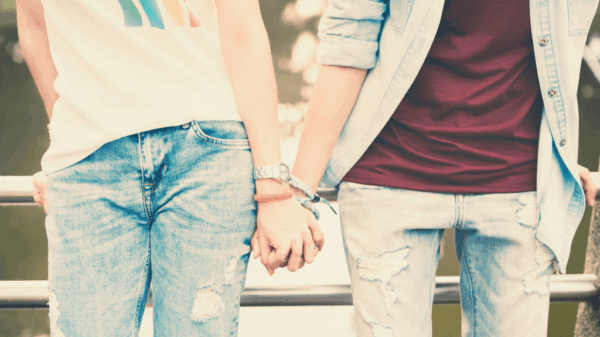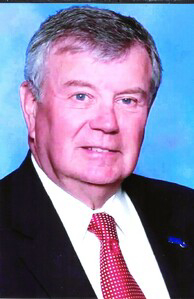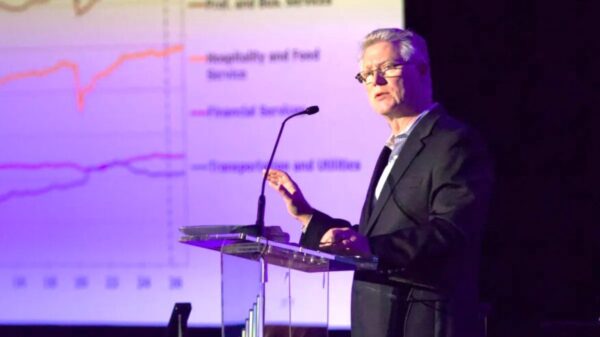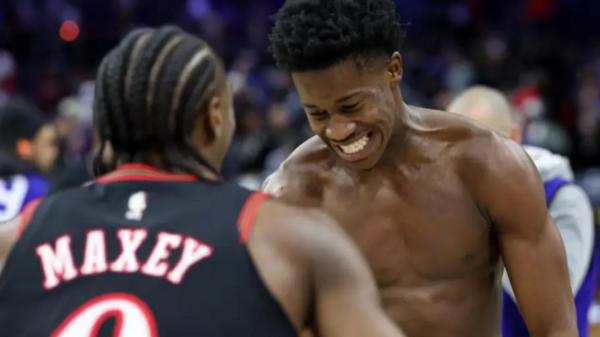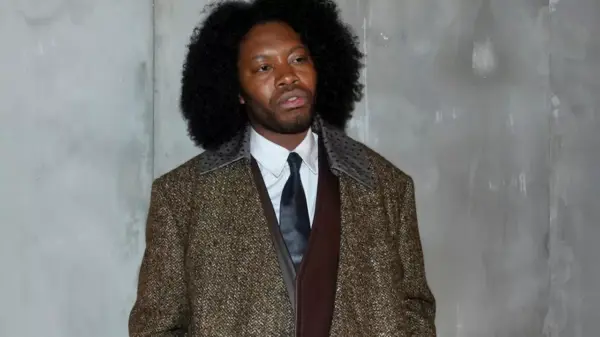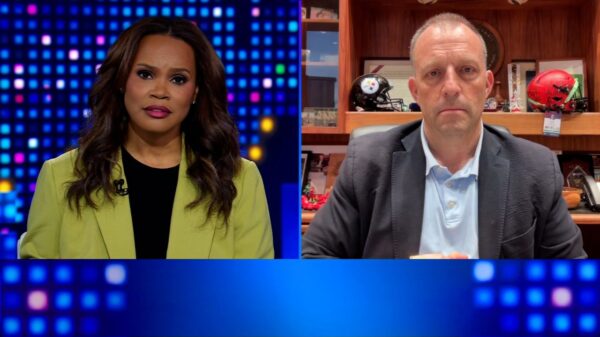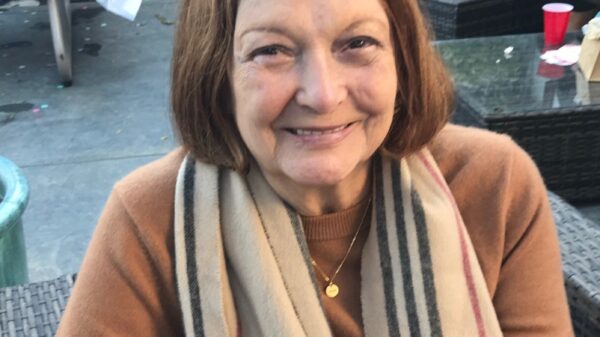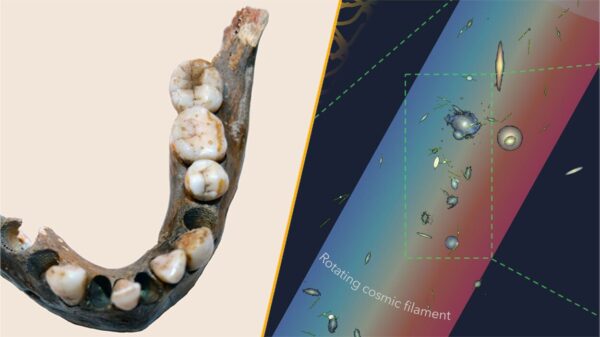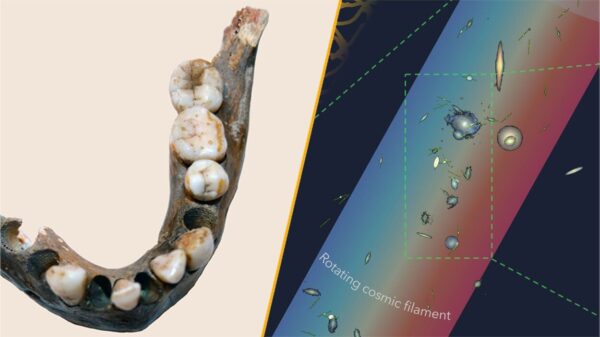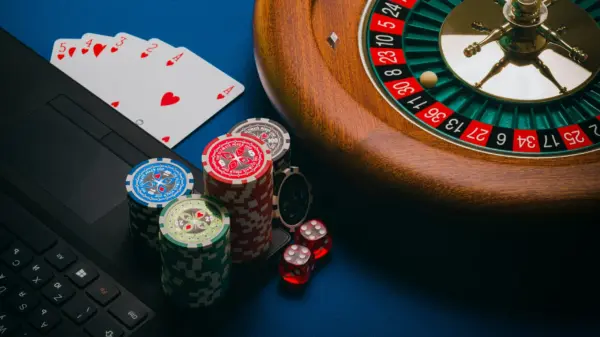At the University of Utah, researcher Cheenu Raghuraman is making waves by fusing dance with science to enhance communication in neurology research. His work focuses on understanding the neurology of fish and how the venom of the cone snail impacts their proprioception, which is the sense of body position in space. Raghuraman’s unique approach combines his scientific expertise with his passion for classical Indian dance, creating innovative pathways for explaining complex scientific concepts.
Bridging Science and Art Through Dance
In an interview with “Humans of the U,” Raghuraman illustrated proprioception with a simple yet relatable example. He said, “If you close your eyes and put your fingers together above your head, you know exactly where the tips of your fingers are, right? That property is called ‘proprioception’; your body knows where your limbs are in three-dimensional space.” By using this familiar analogy, he connects intricate scientific ideas to the everyday experiences of his students.
Raghuraman’s integration of dance into his research not only enhances understanding but also engages students in a dynamic way. He often takes them to local schools to perform simple experiments, aiming to “simplify—not dumb down—their work for different audiences.” This philosophy underscores his belief that science should be accessible, removing jargon to promote clarity and engagement.
Adaptation and New Beginnings
Adaptation has been a significant theme in Raghuraman’s journey. After moving from South India‘s Sastra Deemed University to the University of Utah, he faced the challenges of adjusting to a new country and a demanding field of marine biology. His initial encounter with a snowstorm during his first week served as a stark introduction to life in Utah, highlighting the drastic changes he had to navigate.
Through his innovative methods and dedication, Raghuraman exemplifies how art and science can intertwine to foster a deeper understanding of complex topics. His work not only advances neurology research but also inspires a new generation of scientists to communicate their findings in ways that resonate with the public. By blending the rhythms of dance with the precision of science, Raghuraman is paving the way for a more inclusive approach to scientific communication.




